1/48 Eduard Bf-109G-4, Regia Aeronautica
The appearance of the Gustav series of Messerschmitt's Bf-109 was due to the ineptness of the Luftwaffe high command in developing an acceptable production successor to the aging design, and reflected the lack of long-range planning on the part of the Third Reich for the war Hitler wanted. The highly-promising Fw-190 was just beginning its career, but it would never be able to match the high altitude performance of Messerschmitt's product, which became more and more important as the war wore on and air combat occurred at ever-greater altitudes with the introduction of American daylight bombing. The Gustav series, which was produced in greater numbers than all the other versions combined, was actually the least of them all, since the design peak of the Bf-109 was the Friedrich series; the Gustav represented more and more weight added for less and less return. When first introduced into the Jadgwaffe in 1942, the Bf-109G was considered a retrograde step in development by the pilots. Heinz Knoke described the flying characteristics of the Gustav as “atrocious,” with the airplane having to be flown at full power in the landing circuit just to maintain altitude and maneuverability once the gear came down.
All the previous versions of the Bf-109 had mitigated the demand for maximum possible speed with recognition of the importance of maneuverability and handling. The higher power and weight loadings represented by the Gustav series was considered acceptable in order to achieve the increased emphasis on speed, despite the reduction in maneuverability and handling capabilities.
The DB605A engine that powered the Gustav series differed from the DB601E used for the Friedrich in having a redesigned cylinder block in which the maximum possible bore was obtained while retaining the original cylinder centers. Cylinder compression ratio was increased to 7.3 for the left cylinder block and 7.5 for the right. Maximum r.p.m. was increased to 2,800. The result was an engine with virtually unchanged overall dimensions, with take-off power increased to 1,475 h.p., with 1,355 h.p. available at 6,000 meters. GM 1, a system for injecting nitrous oxide into the engine at high altitude, had an enormous effect on performance, increasing output to 1,250 h.p. at 10,000 meters.
The Bf-109G also had a pressurized cockpit initially. This was a “cold wall” type in which the engine wall, cockpit floor and the sloping plate behind the pilot's seat were all sealed, and designed to provide a pressure differential of 4.4 lb./sq.ft. The system was only used in the Bf-109G-1, G-3 and Bf-109G-5; the others of the series lacked pressurization.
The first Bf-109G to enter service in numbers was the Bf-109G-2, which first saw combat over the Channel Front in the spring of 1942. The additional weight of the Gustav required that the landing gear be beefed up; the G-4 version was the first to have “bumps” on the upper wing surface to fair over the increased size of the wheel well for the larger-size main wheels, and a larger tailwheel was also adopted. These early Gustavs retained the engine-mounted 20mm MG 151 with two 7.92mm MG 17 machine guns in the forward fuselage, as developed for the Friedrich series. This armament could be supplemented by Rustsatze-6, which involved fitting an additional two MG 151s in underwing gondolas just outboard of the wheel well; while this provided a useful increase in weight of fire for anti-bomber operations, the additional weight of the canons had a deleterious effect on maneuverability of what the Germans called the Kannonenboot (gunboat).
With the Bf-109G being mass-produced, the Gustav was the first of the 109s to widely equip other Axis air forces, whose domestic aircraft industries were either non-existent or unable to produce modern fighters in sufficient numbers for their air forces to meet the Allies in combat on an equal footing. The first of these allied air forces to obtain the Bf-109G was that of Finland, commencing in January 1943. The Finns were followed shortly by the Hungarians and the Romanians during the spring of 1943.
Following the defeat of Axis forces in North Africa in May 1943, the Regia Aeronautica was forced to admit that while the Italian aircraft industry could produce first-class fighters such as the Macchi C.202 and Reggianne Re. 2001, the industry could not possibly produce these aircraft in sufficient numbers to maintain attrition, let alone embark on expansion. Thus, the Italians too were forced to turn to Germany for more modern fighters. In May 1943, 3rd Grupo exchanged its surviving C.202 Folgore fighters for the Bf-109G-4/R6 version with the two underwing 20mm cannon. During the next two months of operations, losses would be replaced with Bf-109G-6/R6 aircraft. When the Allies began the Pantellaria campaign in mid-May, at least one Squadriglia was able to enter combat in the bomber-interception role, though losses against Allied fighters were heavy. Following the surrender of the garrison on Pantellaria, the Sicily campaign began in earnest. 3rd Grupo was joined by the similarly-equipped 150th Grupo, composed of the 364th a and 365th Squadriglia, in early June. Allied bombers were escorted by fighters from Tunisia and Malta, and major dogfights erupted over Sicily daily.
Conditions in Sicily were chaotic on the Axis side. Most prominent was the failure to establish a centralized fighter control; German and Italian units continued to operate as if the other was not present. On July 3, 1943, the Bf-109Gs of 150th Grupo intercepted Baltimore and Boston bombers of the Desert Air Force, escorted by P-40s from a “green” American unit. Three bombers and seven fighters were claimed shot down, for the loss of one Bf-109. 150th Grupo gained further successes before the invasion, becoming the most successful unit of the Regia Aeronautica with the Bf-109G. This was all for naught, because the Allied invasion on July 10 saw both 109 Gruppi virtually wiped out on the ground due to Allied air attacks on their bases. Surviving pilots of the units managed to evacuate to the mainland, where many would eventually fly the Bf-109G again, as members of the Aviazione della R.S.I.
THE KIT
Eduard can be said to “own” the 109 now, the way Hasegawa owned the airplane in the 90s, by producing kits of most of the sub-types from the Bf-109E-1 on. The Bf-109G-4 was released in 2015, following the release of the “corrected” Bf-109G-6 kit. It is up to the expected Eduard standard, with petite surface detail that includes rivets, a cockpit that is more than acceptable when enhanced with the photoetch found in the Profipack release, and an interesting selection of markings. This particular release includes a 109 from the Romanian air force, one flown by Teniente Giorgio Gianelli of the 365th Squadrigila, 150 Grupo on Sicily, Erich Hartmann's first 109 in JG 52, a North Africa-based 109 flown by Leutnant Seifert of JG 53, and one flown by Major Ewald of JG 3 on the Eastern Front.
CONSTRUCTION
If you follow the instructions, take time to carefully trim all sprue nibs from the parts, and assemble carefully, the kit will go together without need of any filler. Since the molded on pitot tube is invariably knocked off, I cut it off to begin with and replace it with the more accurate pitot tube that is on the parts sprue.
COLORS & MARKINGS
I was at first confused by the painting instructions for the Regia Aeronautica airplane, since it displayed overpainting of the previous German markings with Grigio Azzurra Chiaro 1, with squiggles of Verde Oliva Scuro 2, rather than the overspray of dark grey other painting instructions for this particular airplane have suggested. Ten minutes of research on the internet brought up the photograph of this particular airplane, which is included in this review, which clearly proves Eduard right and the “hex-spurtz” of the other decal sheets wrong. One can learn something new with every project in this hobby.
I painted the white theater and yellow lower nose marking and masked them off, then painted the model in a standard MTT-Augsburg camo pattern with RLM 74/75/76. I then used Tamiya Sea Grey Medium, which is a close match for Grigio Azzurra Chiaro 1, and then used Tamiya NATO Green for the Verde Oliva Scuro 2 squiggles. When this was all dry, I unmasked the model and gave it a coat of clear gloss.
The Eduard kit decals, which are printed by Cartograf, went on without a problem.
I cleaned off the dried decal setting solution, then gave the model two coats of clear flat. I applied exhaust staining as shown in the photo of this plane, then attached the landing gear and unmasked the canopy and posed it in the open position.
CONCLUSIONS
The Eduard 109s require a modeler to pay attention and take care in assembly, no matter how many of them one may have built. But with careful assembly, one is guaranteed a nearly-perfect model (depending on how good you are with an airbrush). Any modeler of moderate experience will have no difficulty with any of these kits. Highly recommended.
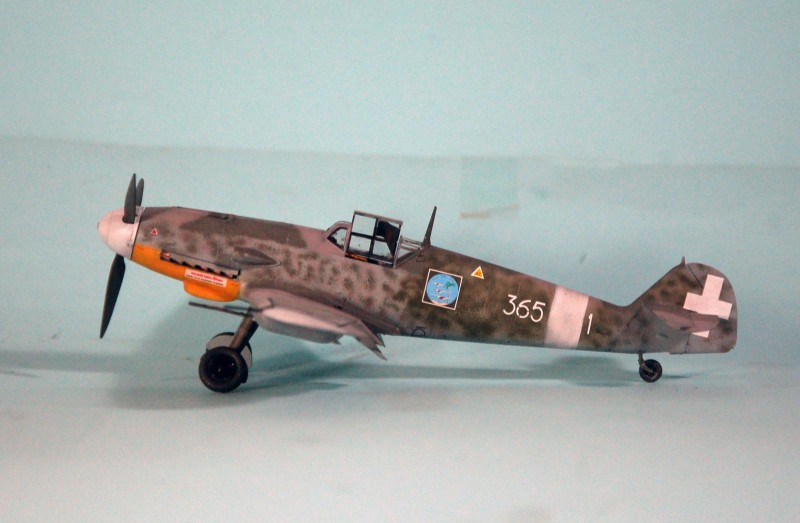

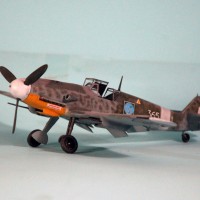
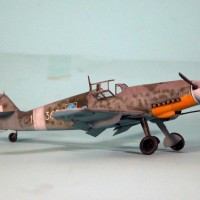
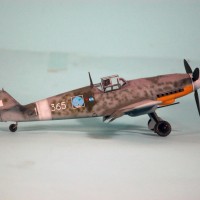
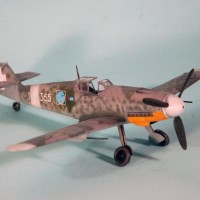


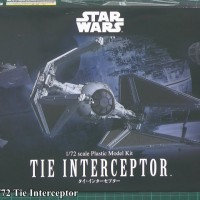
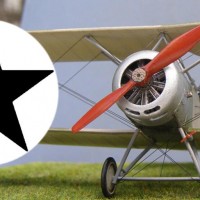
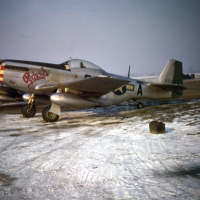
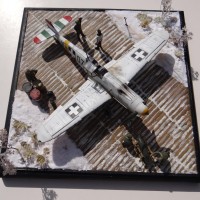
fabulous
I love those Eduard kits, and this is a beautiful example. Terrific colours and great subtlety with the mottling (and the painting in general).
All this and the usual blue ribbon standard write-up and history lesson.
Excellent.
‘Liked’
Nice work as usual, TC.
Nice work on that model Tom, very striking camouflage work.
Nice job!
Always enjoy your posts, Tom. Great mix of history along with the blow-by-blow of the build, and the result is always a great looking model.